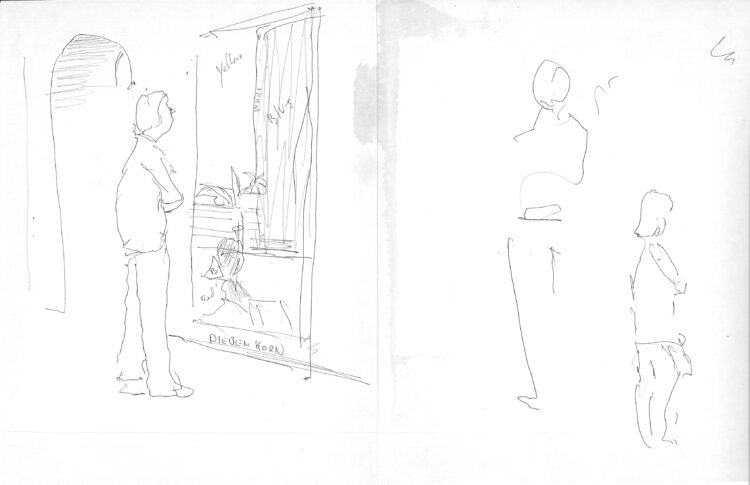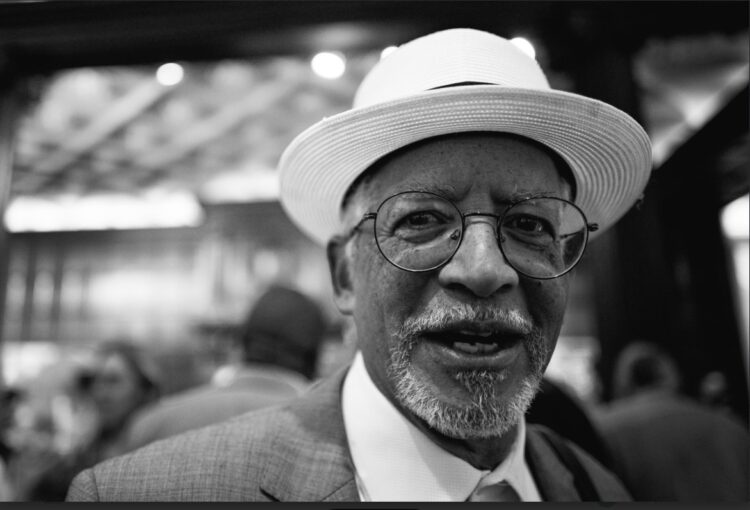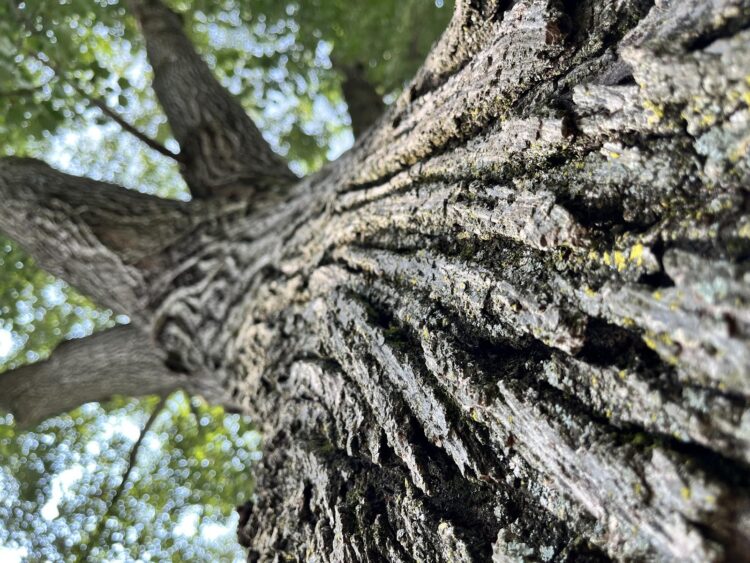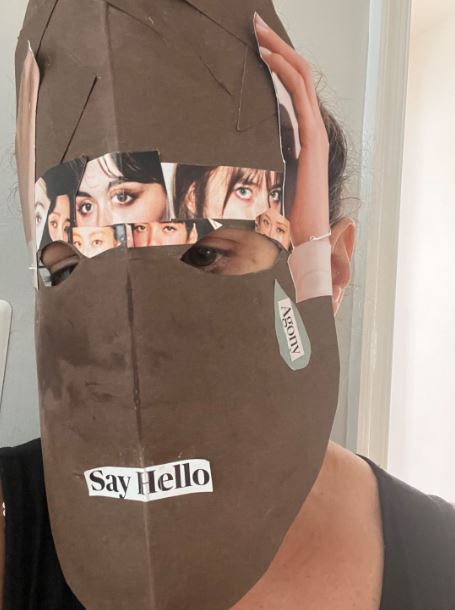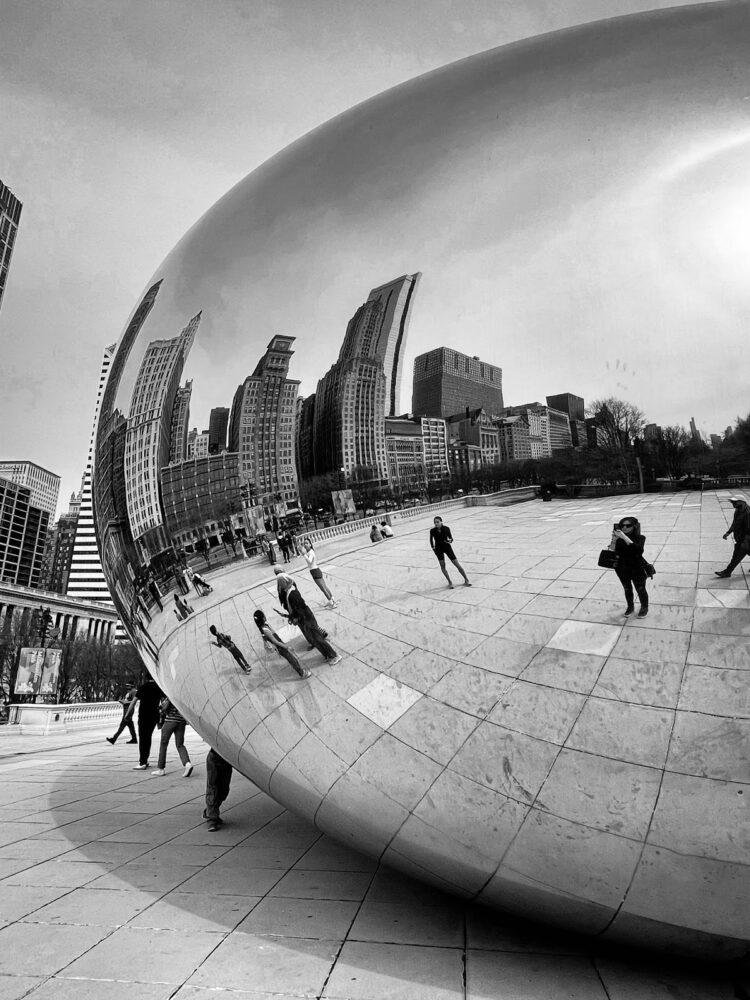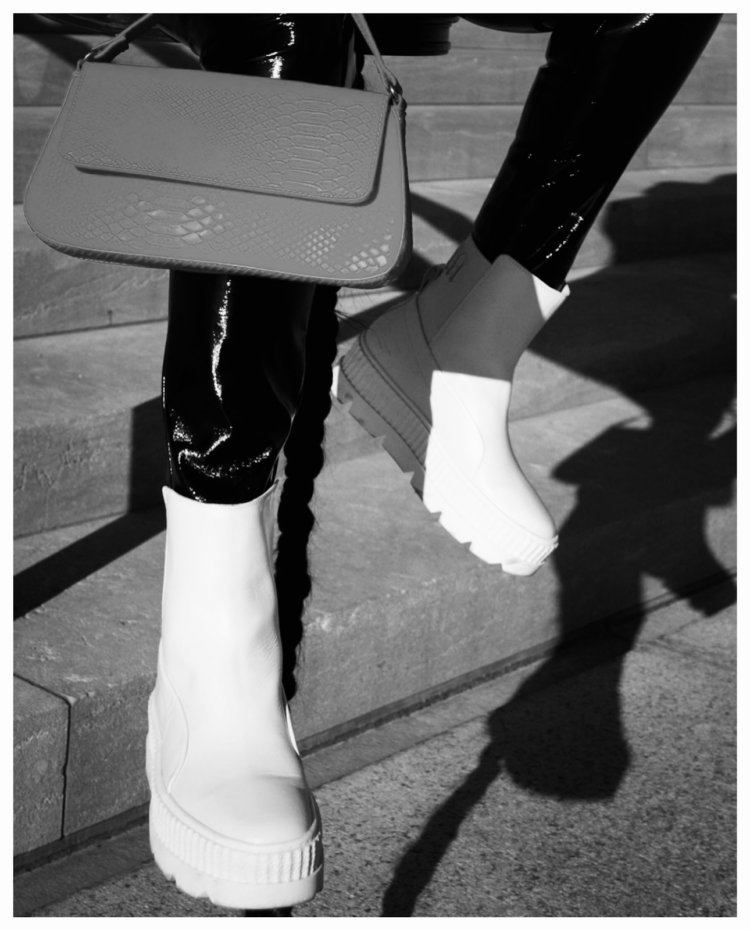The Phillips Collection is proud to announce our inaugural cohort for the CARD Fellowship, a collaboration between the Phillips, the Nicholson Project, and the DC Public Library to support the local art community. Meet artist Paloma Vianey, a multimedia artist from Ciudad Juárez, Chihuahua, Mexico.
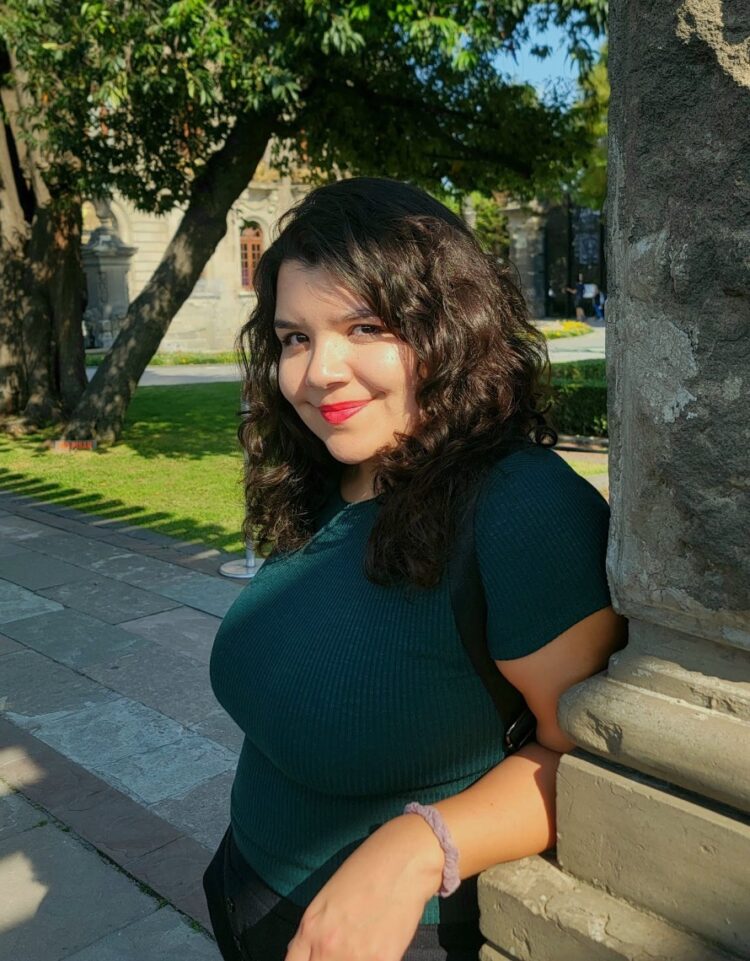
CARD Fellow Paloma Vianey
Could you tell us a little bit about your artistic background and journey so far?
I began painting during my teenage years when the violence in my beloved hometown (Ciudad Juárez, Mexico) peaked. As I began painting the urban landscapes I grew up in, the language of painting gave me a sense of freedom I had never experienced before. My work became about portraying the strengths and vulnerabilities of my community. Additionally, as someone who crossed the U.S.-Mexico border every day for school, my work depicts this aggressive division in the North American landscape. When I moved to the United States five years ago, I experienced a harsh difference in culture and politics. The longer I distance myself from my home city, the more I reflect on my experience growing up on the U.S.-Mexico border, helping me conceptualize my work further.
What are your ambitions and aspirations as an artist, and how do you think the fellowship can support you in achieving them?
As an immigrant and emerging artist who moved to Washington, DC, at the beginning of this year, I have found it difficult to make meaningful connections within the area’s art scene. I have built a strong work ethic and have a prolific art practice, but I do not have much sense on how to professionalize and make my work sustainable. I hope this opportunity ameliorates that, as I could really use the guidance.
I am excited about being part of a fellowship that would connect me with The Phillips Collection, the DC Public Library, and The Nicholson Project all at once. I need experts in the arts to guide me on how to professionalize my work. Additionally, I am very excited about the promotional support provided, the bi-weekly meetings, and all the feedback I will obtain that will help self-improvement.

From Paloma Vianey’s Chimarras Paintings series
How do you envision your art positively impacting the community?
My work educates the public about a city that is almost two thousand miles away from here. Through the paintbrush, I am telling a different narrative than the one portrayed by the media. Additionally, I am painting vernacular places that would normally not be represented in the sanctity of an oil painting, places that have witnessed all aspects of Mexican life.
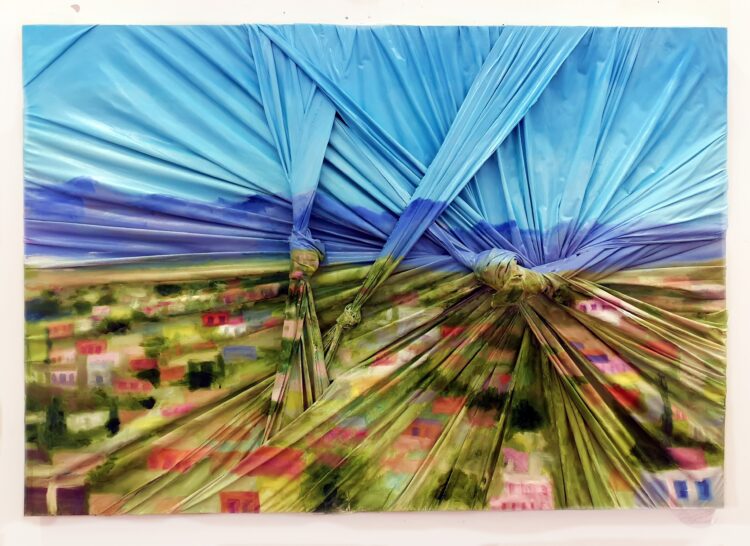
Paloma Vianey, Ciudad Juárez, 2021, Oil on canvas, 45 x 56 in.
Which artist inspires you and has influenced your artistic journey so far?
It is difficult to name just one artist. Teresita Fernández and her installations reflecting on land and colonialism have always inspired me. Adriana Varejão, a Brazilian artist, helps me expand my understanding of painting and how versatile the medium can be. Njideka Akunili Crosby and her intimate, beautiful portraits are also a big inspiration.

